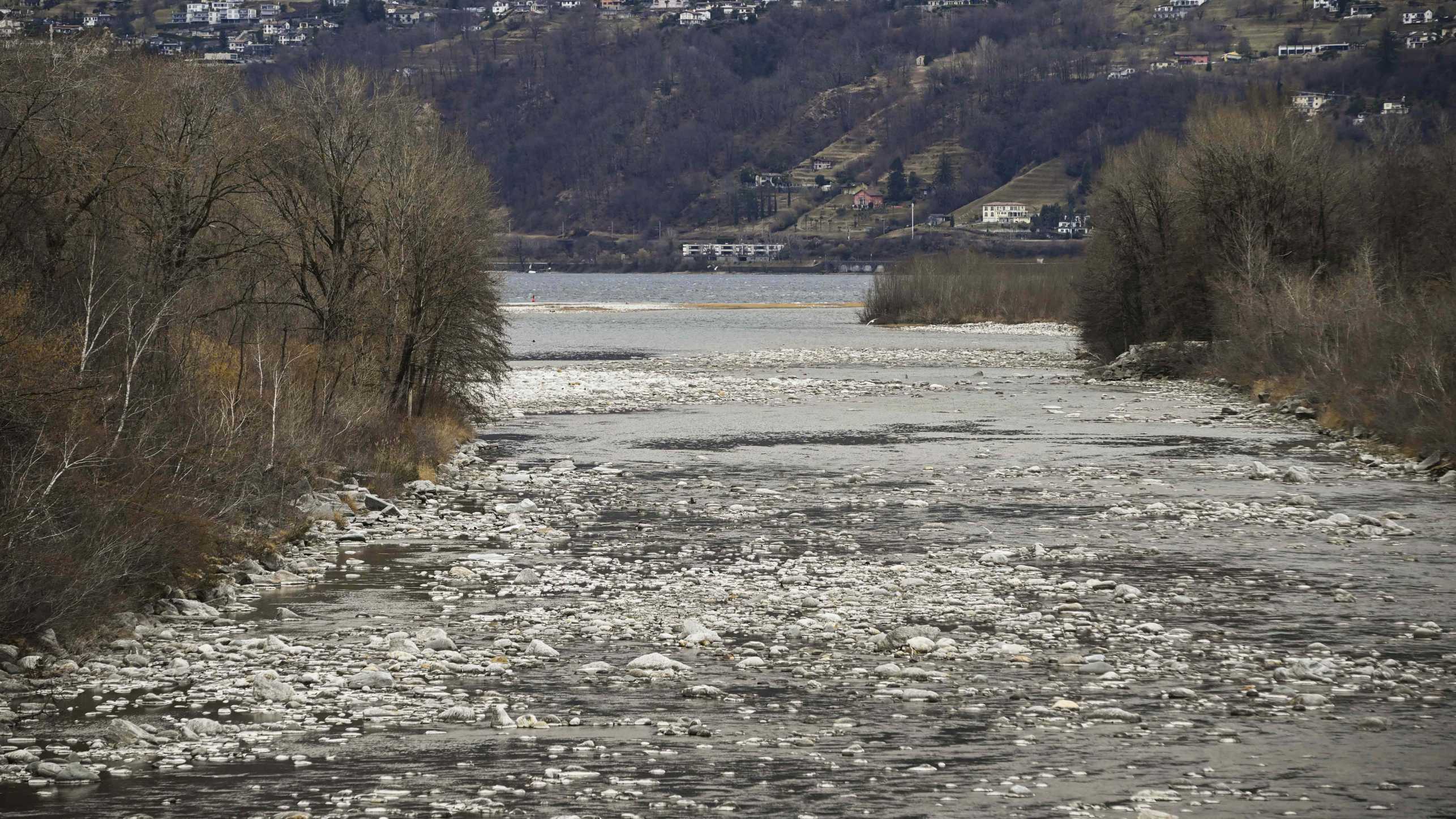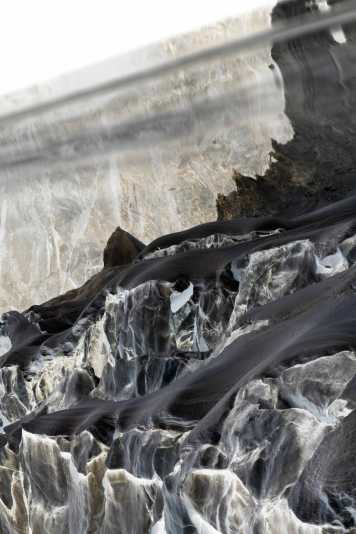Tackling water stress in the Swiss Alps

The Alps are being increasingly affected by floods and droughts. According to Manuela Brunner, we can do something about this problem: use water more sparingly and think about hazard protection in broader terms.
Switzerland is known as Europe’s water reservoir – a reliable supplier of fresh water that flows steadily from Alpine sources, even when it is scarce elsewhere. This image is now being severely threatened by climate change. Extreme events such as floods and droughts are becoming more frequent, thereby exacerbating water stress.

The last few years have illustrated impressively how rarely hydrological conditions have been just right or normal. On the contrary, we have had to struggle with either too little water as a result of too little snow in winter and too little rain in summer, or with too much water in the form of heavy precipitation and floods.
Winters with little snow favor dry summers
Droughts and floods are becoming more frequent and more intense with climate change. Both extremes have increased in the Alpine region. There are several reasons for this: warmer temperatures lead to more irregular precipitation, greater evapotranspiration and a lot less snow. Snow is important because it stores water and releases it gradually when it melts. This means that a lack of snow in winter can contribute to a drought in the following summer, because of the absence of meltwater.
Projections indicate that droughts are likely to intensify further. This is not only a problem in summer, when there is a lack of water for irrigation in agriculture and when low water levels lead to shipping restrictions on rivers. It is also a problem in winter, when there is little water available for hydropower production and when snow-free mountains endanger ski tourism.
Major floods will become even more severe in the future
Observations of floods do not provide a clear picture yet: in some areas, increasingly heavy precipitation is leading to more intense events, while in others less or earlier snowmelt is cushioning the impact of more intense precipitation. However, projections indicate that severe floods will become more frequent and more severe in the future, leading to rising damage and management costs.
In short: the future of Europe’s water reservoir looks anything but rosy.
So what can we do?
For me, it is clear that we need to adapt to the new water risks. The good thing is that we can do this, as Switzerland already has experience in dealing with extreme events. There is a warning platform for floods, and one for drought is planned for 2025. Moreover, we have the necessary means and the technical knowledge to implement protective measures.
“We are not powerless in the face of climate change, but we can adapt, and we do have some control over how severely we are affected by its consequences.”Manuela Brunner
However, if we want to be best prepared for the future, we need to work much harder and address the issue of adaptation more broadly.
First, to mitigate drought, we should not only store water but also save it. Thinking about new storage options such as reservoirs or irrigation ponds makes perfect sense, but building new water storage facilities is not always the best solution because these are expensive and rarely ecologically sustainable.
In my opinion, measures against drought must therefore always address demand as well. Here we have a lot of leverage: by being moderate in our consumption of water and wasting less of it (keywords: washing our cars) and irrigating our fields and gardens more efficiently, we can considerably reduce the amount of water we use.
Second, there is no getting around thinking about flood protection in broader terms than merely structural measures. Restored streams and rivers that take up more space can help reactivate natural flood protection.
Finally, I think it is indispensable that we think of flood protection and drought measures in combination. A full reservoir against drought is of no use if a flood is imminent and storage space is urgently needed for the floodwater.
It is in our control
One thought that is particularly close to my heart: although dealing with an increasing number of extreme events will not be a walk in the park, we are not powerless in the face of climate change. We can adapt. We also do have some control over the extent of the increase in extreme events. The more we reduce our CO2 emissions, the weaker this increase will be. Every decision and action counts, and it is not too late to act in terms of emissions and adaptation.
